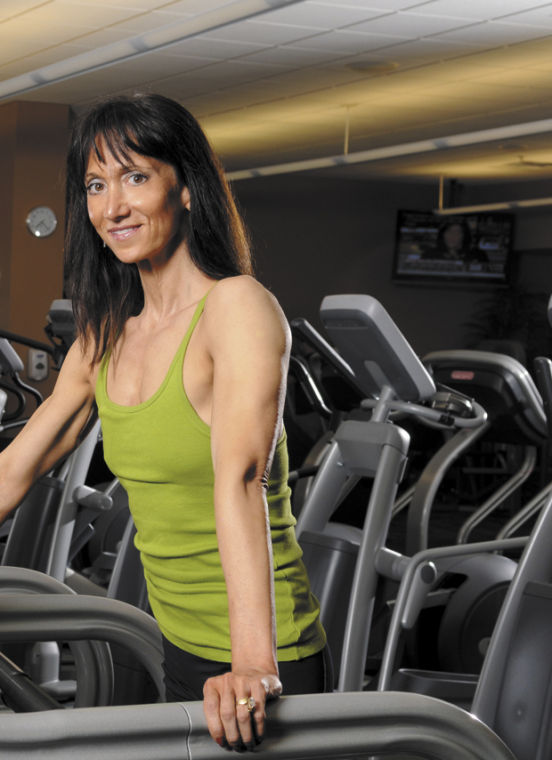Sweat? No regret!
Published December 19, 2013
Here we are, in the midst of one of the most frigid months of the year to date, and I’m about to talk about sweating. It seems a little odd to me as well, bundled up as I am in 3 or 4 layers on any given day this past week. However, even in the winter months, paying attention to the fluid lost during intense exercise is vital to maintaining homeostasis within our bodies.
Sweating is actually a very good thing for the body, as it remains the most effective way to regulate internal temperature. When we engage in a physically demanding activity, heat is released by the body as its core temperature rises. This in turn causes an increase in blood flow and sweat to the skin. Heat can then be removed from the skin as sweat is evaporated, lost by convection to moving air. In this manner, the body has effectively managed to cool itself.
While humans are born with 2–4 million sweat glands, each of us sweats at a different rate, based somewhat on genetics and fitness level as well as the surrounding temperature. Women possess a greater number of sweat glands than men, but the males’ sweat glands are more active. However, in general, the amount of fluid lost by the body through sweat is enormous. Some individuals may lose up to a quart of sweat per hour during exercise; then again, there are those whose bodies may suffer a loss as great as 3 quarts per hour of intense physical activity. Those who fall into this high range are at greater risk of dehydration, fatigue, cramps, heat intolerance and a slower recovery time post-exercise.
I have been referring to “fluid lost” during sweating, as opposed to “water lost”, because there is more to sweat than meets the eye. As a body heats up, valuable minerals are lost in addition to water: sodium, chloride, potassium, calcium and magnesium become depleted, which can further exacerbate the ill effects of post-exercise sweating.
The good news is that this situation can be easily avoided by taking a few simple precautions, starting with the hour prior to commencing exercise. Experts offer the following tips:
• Consume 20 ounces of water 60 minutes prior to exercise.
• Drink 1 cup of fluid every 15 minutes during exercise.
• Drink 16 ounces per pound of lost body weight after exercise.
During the winter months, arrive at the gym dressed in layers that can be peeled easily as exercise intensity ramps up and your body begins to give off heat. A good sweat is perceived by some as proof of having worked hard, so don’t worry if you crawl off to the locker room leaving a trail of droplets in your wake! Just carry an extra towel, wipe up after yourself, and be proud of your effective exercise session!















